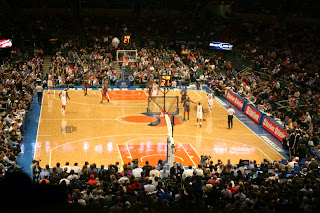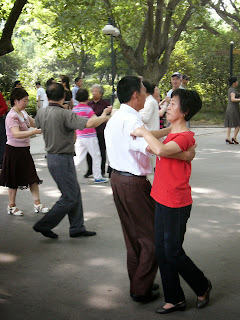If your idea of a bed and breakfast is a musty old house with a nosy landlady, lace curtains and shared bathrooms then Beach House at Bayside will come as a very pleasant surprise.
More luxury hotel than traditional B&B, the five-star Beach House at Bayside is located in a golf resort complex just 50 metres from Middleton Beach and 10-minutes drive from downtown Albany, the heartbeat of Western Australia's Great Southern region.
There are seven totally private and very modern suites here, all with en suite bathrooms and some with double spa baths.
The rooms are extremely well equipped (think bathrobes, air-conditioning, heated towel rails, minibars, and a selection of gourmet cakes and fresh fruit) in each room, along with fast and efficient free wifi.
The breakfasts (choose from a buffet or a full cooked menu) are outstanding with offerings including smoked salmon and fresh local mushrooms and there is a room service menu for those who would like to lunch or dine on site. Choices range from gourmet platters to a hearty BLT.
The little touches continue with free afternoon teas, complimentary port and chocolates after dinner and an honesty bar in the comfortable lounge, where guests can relax with a book, or choose from a range of DVDs.
The owners, Craig and Sally Pullin, both come from professional hospitality backgrounds and it shows. Craig has worked in several restaurants, while Sally worked in marketing for a five-star hotel in Melbourne.
They make themselves available to ferry guests without transport to local restaurants and are a mine of information about local attractions, including the wineries of the Great Southern.
With sand dunes and one of the state's best golf courses within walking distance, it is hard to imagine a better location, although a car is a must for anyone planning to explore the region.
The Beach House at Bayside, 33 Barry Court, Albany, Western Australia.
www.thebeachhouseatbayside.com.au. Winter special rates are available from May 1-August 31.
More luxury hotel than traditional B&B, the five-star Beach House at Bayside is located in a golf resort complex just 50 metres from Middleton Beach and 10-minutes drive from downtown Albany, the heartbeat of Western Australia's Great Southern region.
There are seven totally private and very modern suites here, all with en suite bathrooms and some with double spa baths.
The rooms are extremely well equipped (think bathrobes, air-conditioning, heated towel rails, minibars, and a selection of gourmet cakes and fresh fruit) in each room, along with fast and efficient free wifi.
The breakfasts (choose from a buffet or a full cooked menu) are outstanding with offerings including smoked salmon and fresh local mushrooms and there is a room service menu for those who would like to lunch or dine on site. Choices range from gourmet platters to a hearty BLT.
The owners, Craig and Sally Pullin, both come from professional hospitality backgrounds and it shows. Craig has worked in several restaurants, while Sally worked in marketing for a five-star hotel in Melbourne.
They make themselves available to ferry guests without transport to local restaurants and are a mine of information about local attractions, including the wineries of the Great Southern.
With sand dunes and one of the state's best golf courses within walking distance, it is hard to imagine a better location, although a car is a must for anyone planning to explore the region.
The Beach House at Bayside, 33 Barry Court, Albany, Western Australia.
www.thebeachhouseatbayside.com.au. Winter special rates are available from May 1-August 31.



.jpg)



.jpg)
.jpg)
.jpg)
.jpg)
















.jpg)

